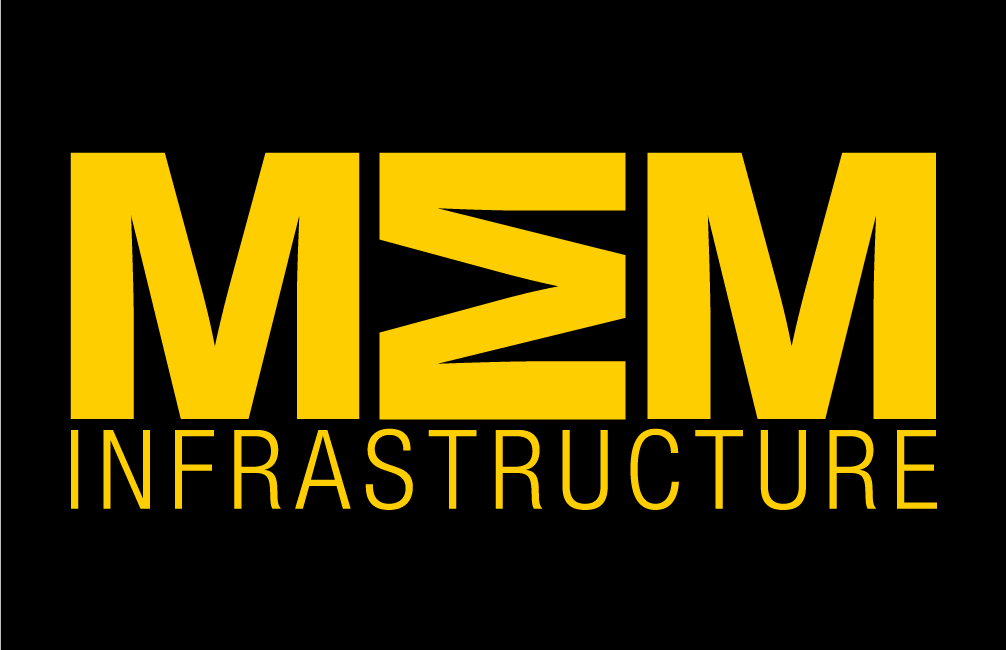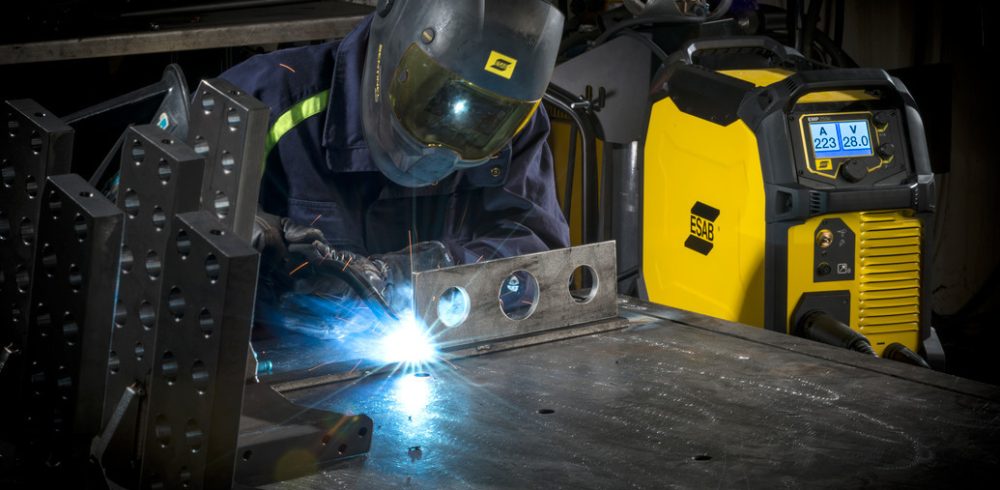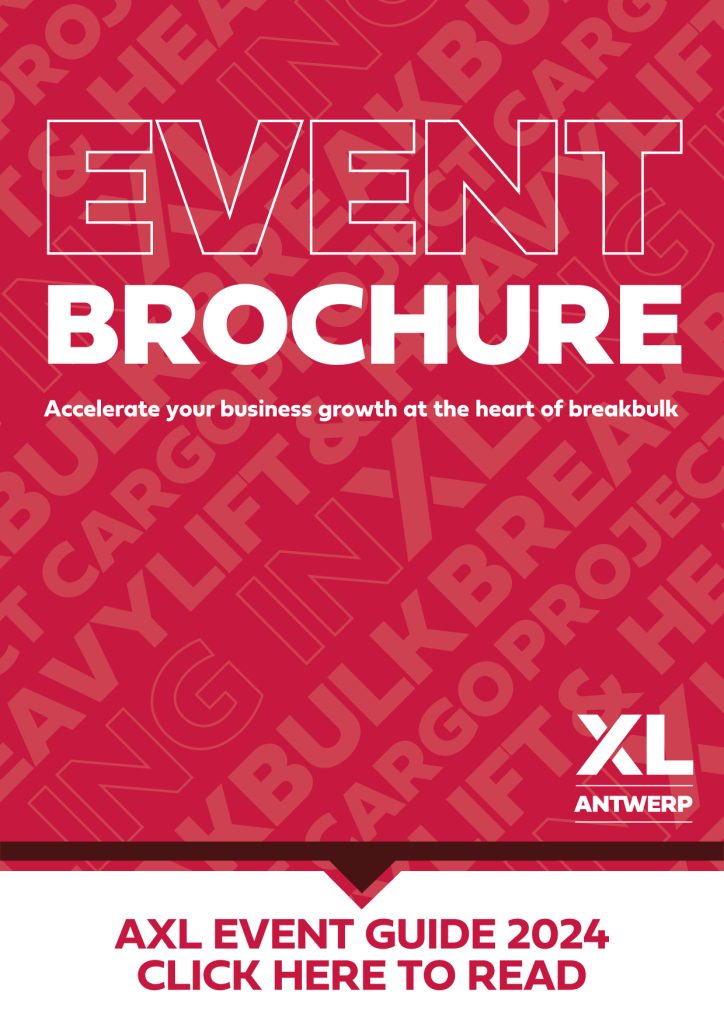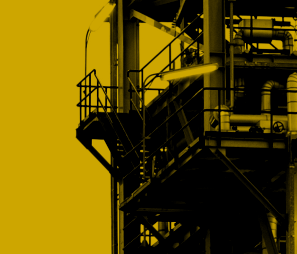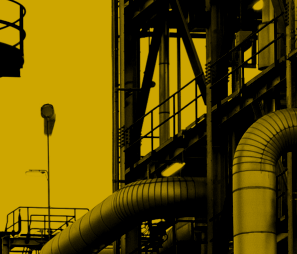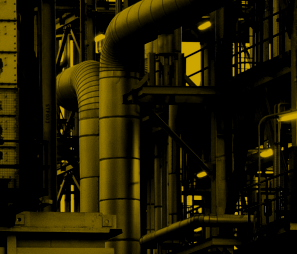Different projects require different methods and tools, in this way, welding different materials requires you to choose the right tools to get your desired results. Working with aluminium is difficult due to its high conductivity and low melting point, if your arc is too powerful the metal will just melt away. While the oxidised film on the aluminium surface has a different melting point from the aluminium itself and is therefore tricky to work with for even experienced welders.
Aluminium is suitable for both MIG and TIG welding, the difference between the most suitable method comes from the thickness of the material, for thicker welding MIG is recommended as it can do the job faster, whereas for thinner aluminium TIG is more suitable. In this article, we will be looking at Aluminium MIG welding.
While TIG welding is predominantly used when working with aluminium, MIG welding is better suited for some aluminium weld jobs. Larger projects, such as in an industrial setting when working with thicker material MIG welding, is better suited due to the increased speed through the uncomplicated operation.
On a MIG welding machine, you will find a spool that holds the wire used to create the weld pool. This solid wire is fed continuously through the welding gun, where the arc melts the wire, depositing it as a weld pool, which cools off to form the weld itself.
Now, again thanks to the uncomplicated operation, a MIG welder has the advantage of speed as a factor in your project. Its simple and one-handed operation allows for increased speed and productivity, while the welds themselves may lack some aesthetics, it is still a great option if productivity matters more than quality.
Pulse MIG Welding
One of the most effective methods for welding both thick and thin aluminium is pulse welding. Essentially, pulse MIG welding works by controlling the electrical output of the welding machine by using advanced control technologies. By pulsing the current, the electrode melts in a controlled droplet form, with each pulse forming one droplet.
Often referred to as synergic control, this method of welding is relatively easy to do, with even inexperienced welders being able to perform it. Benefits of pulse MIG welding include:
- Improved productivity – High deposition rates and less time spent training new recruits
- Consumable savings – Pulsed MIG welding machines have a wider operating range as the low and high diameter range for the wire has been extended, which means you can use one wire size for most applications.
- Improved weld quality – This method results in a better overall weld quality as the arc is more stable which results in less spatter and less cleanup.
- Heat reduction – By providing controlled heat, pulsed MIG welding leads to less distortion, which is especially important when welding heat-sensitive metals such as aluminium.
The correct MIG welding machine
MIG welders that are suitable for aluminium typically have the following features:
- It should be designed with a spool gun that allows the use of a coil with a wire, or one that offers a short Teflon liner and wire feeding system with a smooth, U-shaped roller.
- The duty cycle must reflect the environment you are working in, especially crucial if you are working in a hot environment.
- Should have safeguards in place to prevent overheating, as MIG welding machines risk overheating when used with aluminium.
If you are working on a larger project, MIG welding offers a productive and quick method for reliably welding thicker materials. While the cost is lower than that of TIG welding as the parts are easily replaceable and cheaper. Also being more cost-effective as you finish the projects much quicker.
There are major differences between MIG and TIG welding, especially when it comes to welding aluminium, the main difference comes when welding thin aluminium sheets, at which point TIG welding holds the advantage.
To summarise, MIG welding is your best option if:
- Speed and accuracy are essential.
- High strength welds that require minimal cleaning and sanding are the goal.
- The welding work is done indoors, as the shielding gas is less effective outdoors.
- One-handed operation is a must.
- You require minimal defects as the continuous operation lessens starts and stops.
- The metals to be welded are thick, or if you can take great care to not burn through the thinner materials.
- You wish to weld more pieces in a short time, such as work involving heavy-duty and continuous operations.
For general use, MIG welding is recommended because of its easy operation and versatility.
Visit our site, engweld.co.uk for more information and products related to MIG welding


